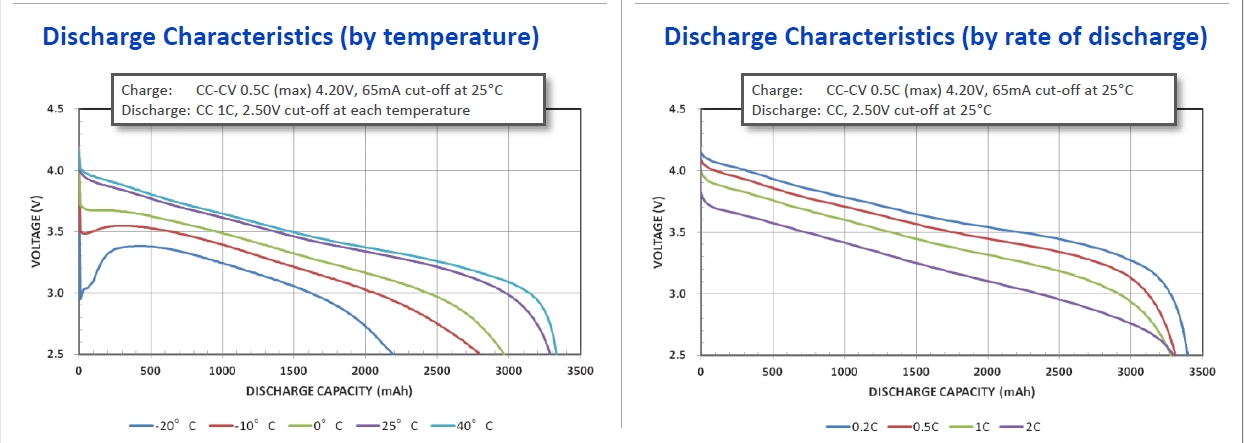D
Deleted member 25121
Guest
From your link: "The Internet of Things, or IoT, refers to the billions of physical devices around the world that are now connected to the internet, collecting and sharing data. ", as I said the term refers to smart machines communicating with each other. Nothing to do with humans posting technical stuff.For those interested, there is a reasonable explanation here:-
I personally find it most useful, usually very informative, and easily understood.
What is the IoT? Everything you need to know about the Internet of Things right now
Updated: The Internet of Things explained. What the IoT is, and where it's going next.www.zdnet.com
Naturally, the internet as a whole has some very informative articles as well on just about everything, using both, IMHO, tends to give a really good "overview" of up to date hardware implementation, one should never forget that!
Andy













